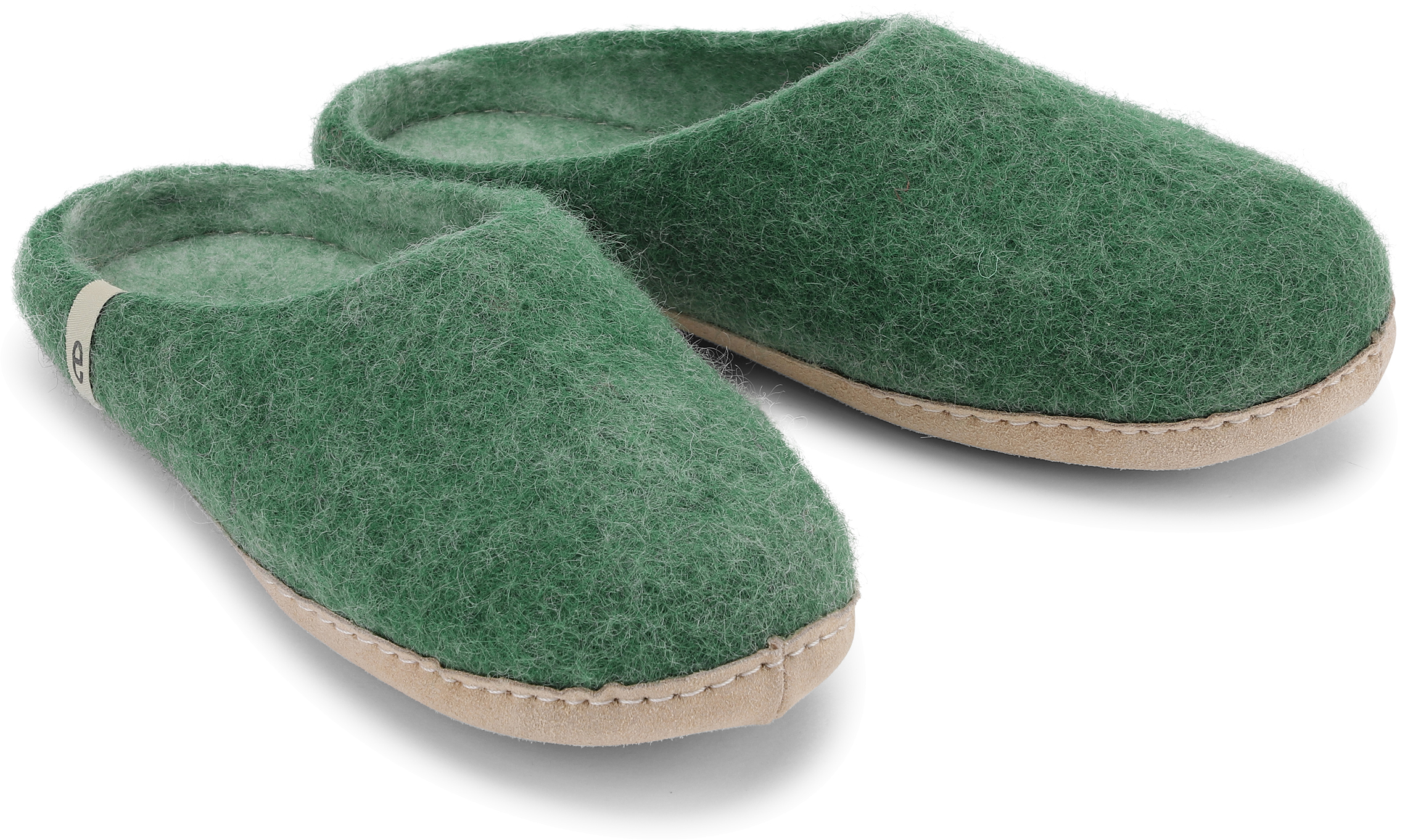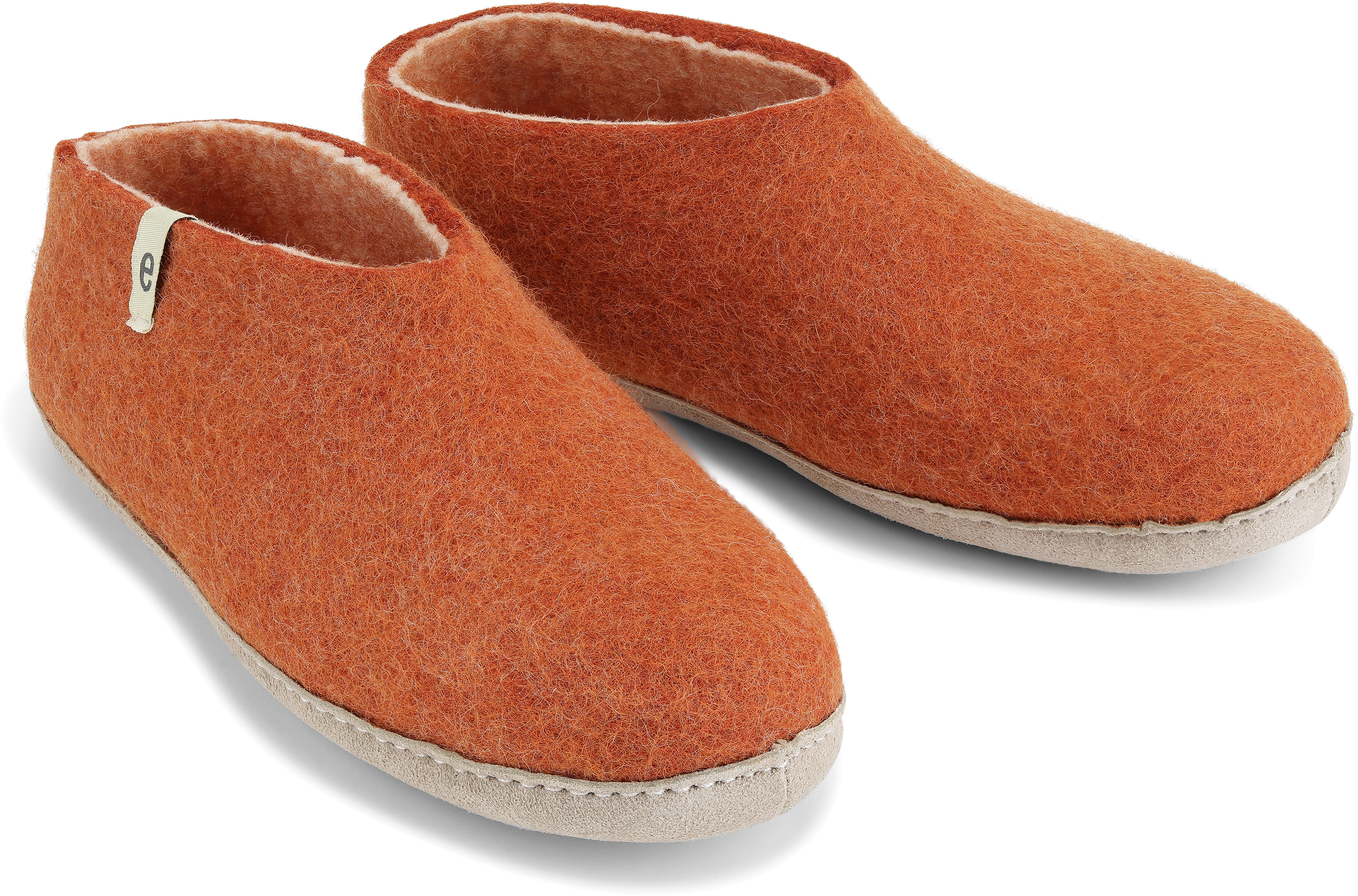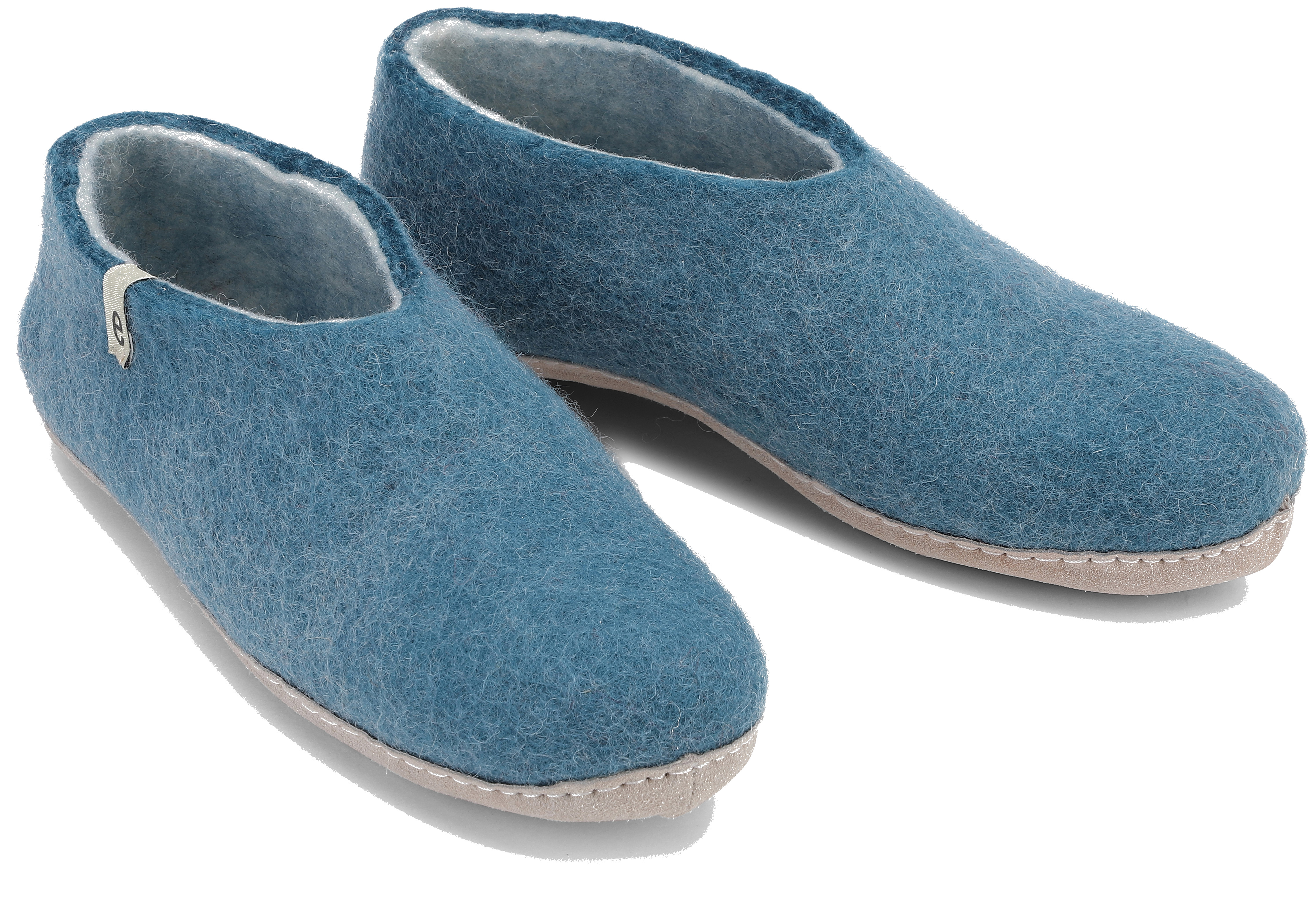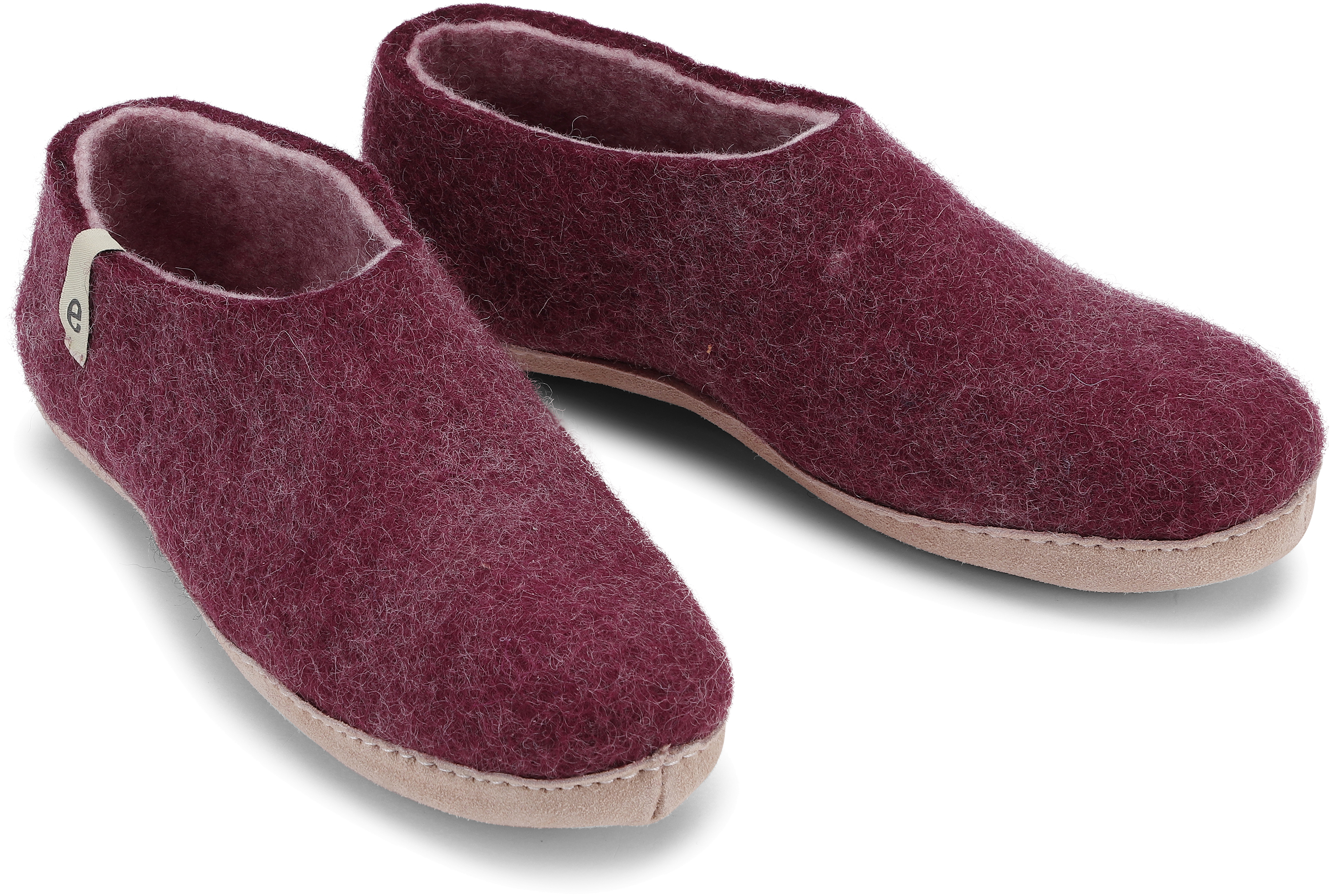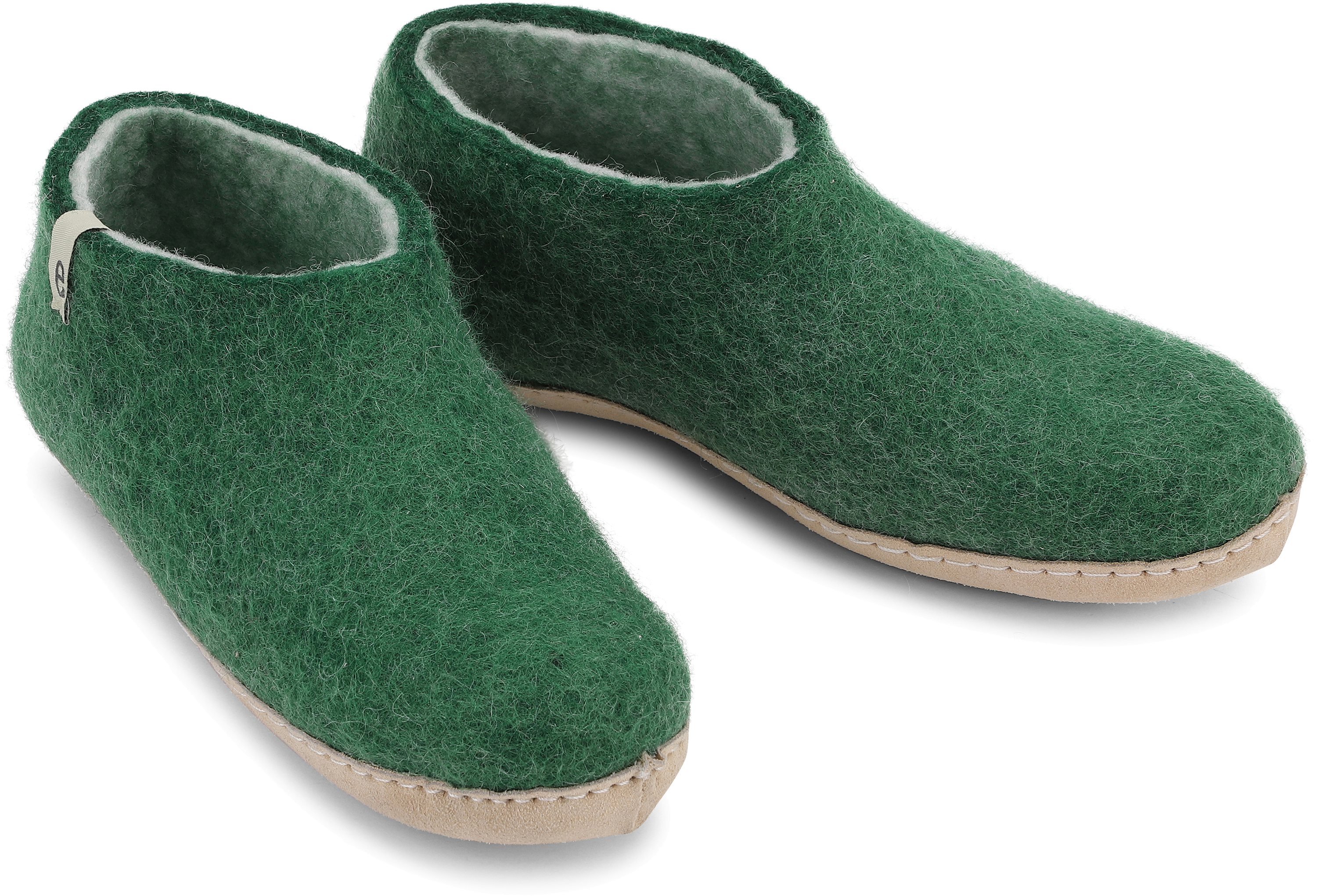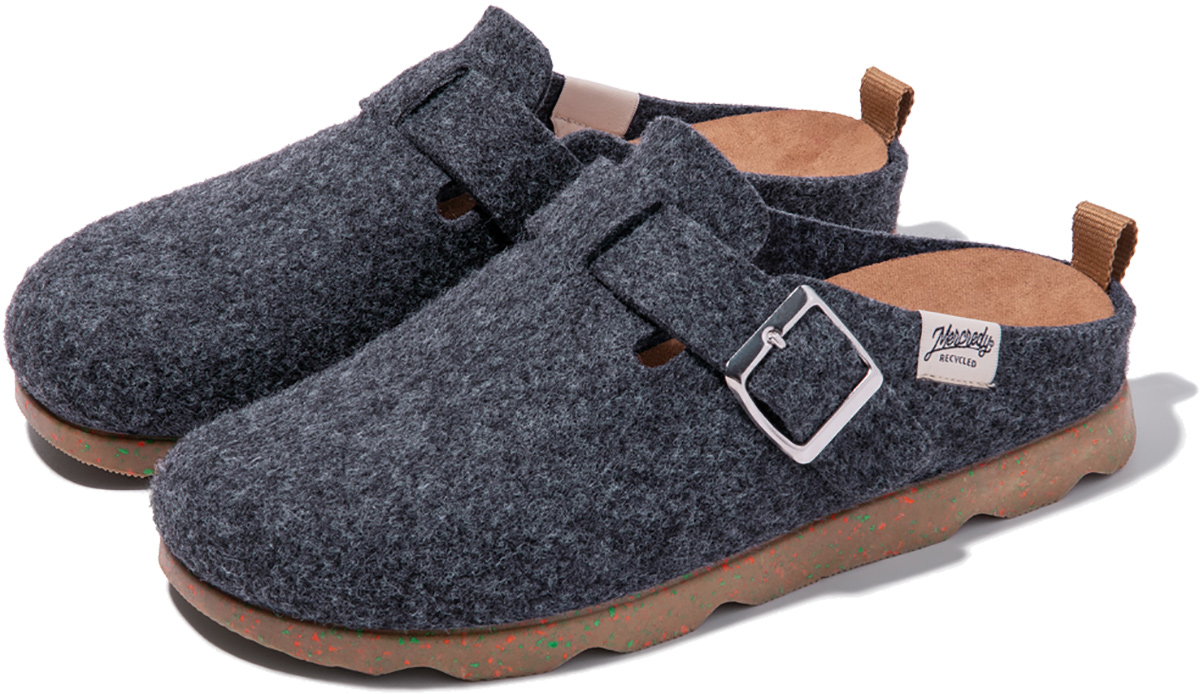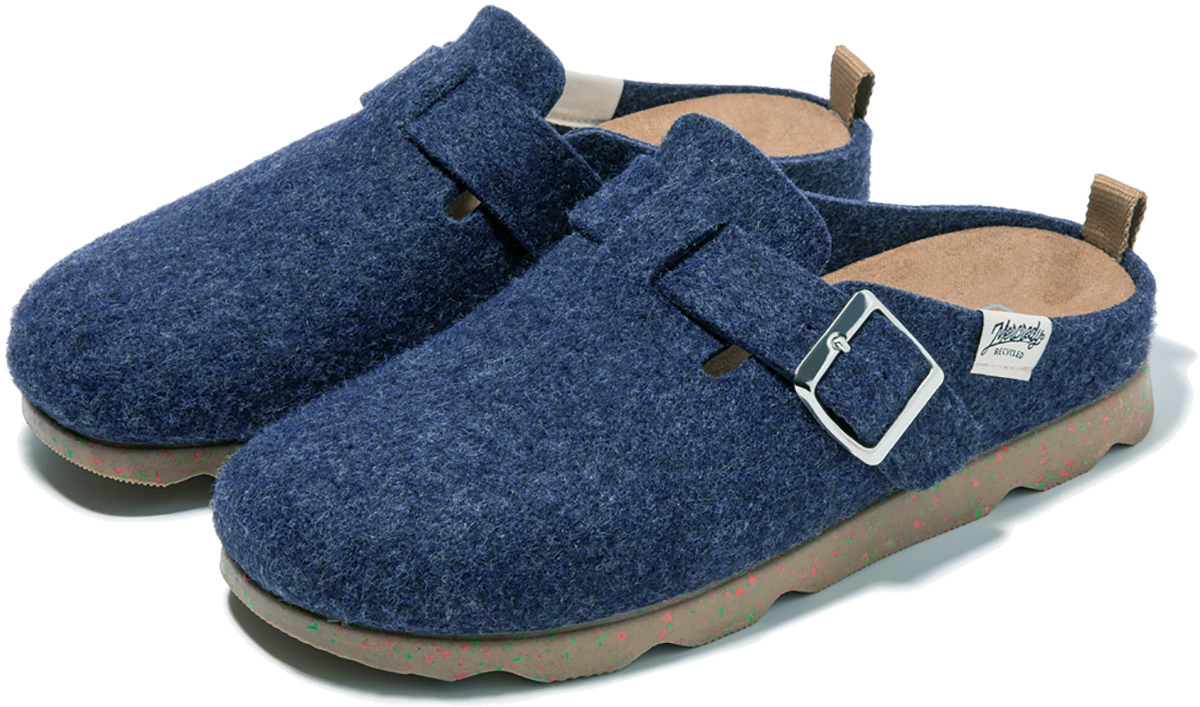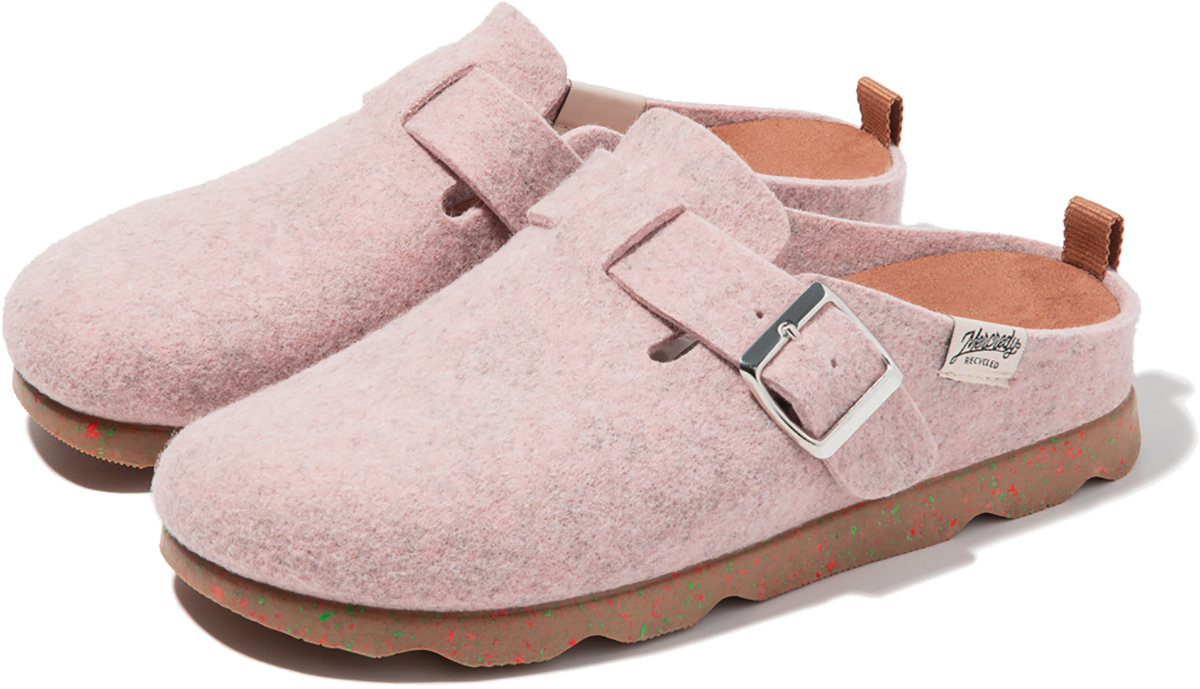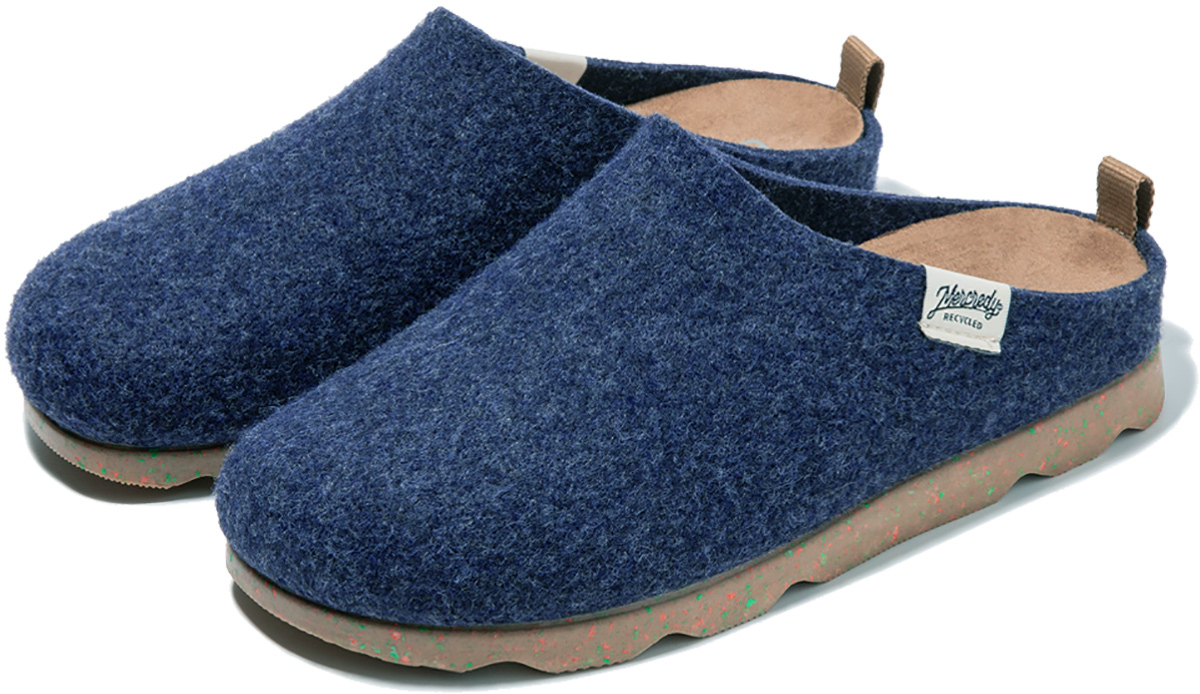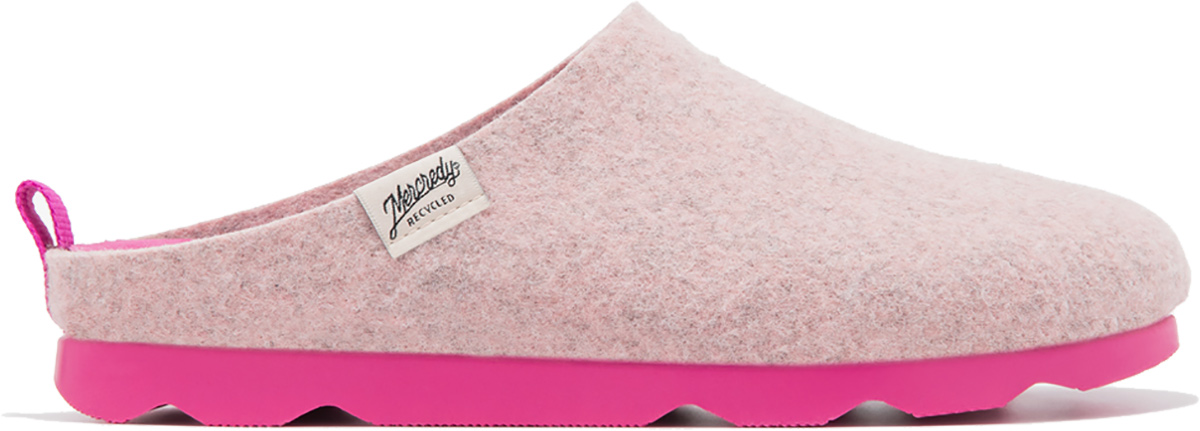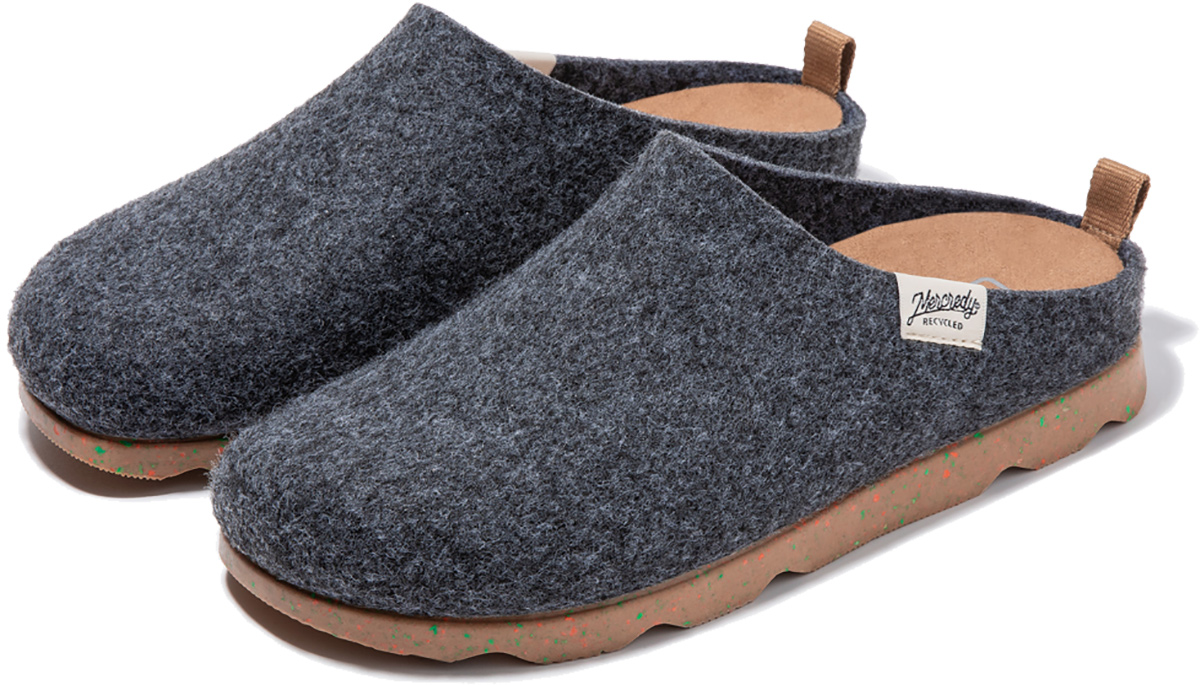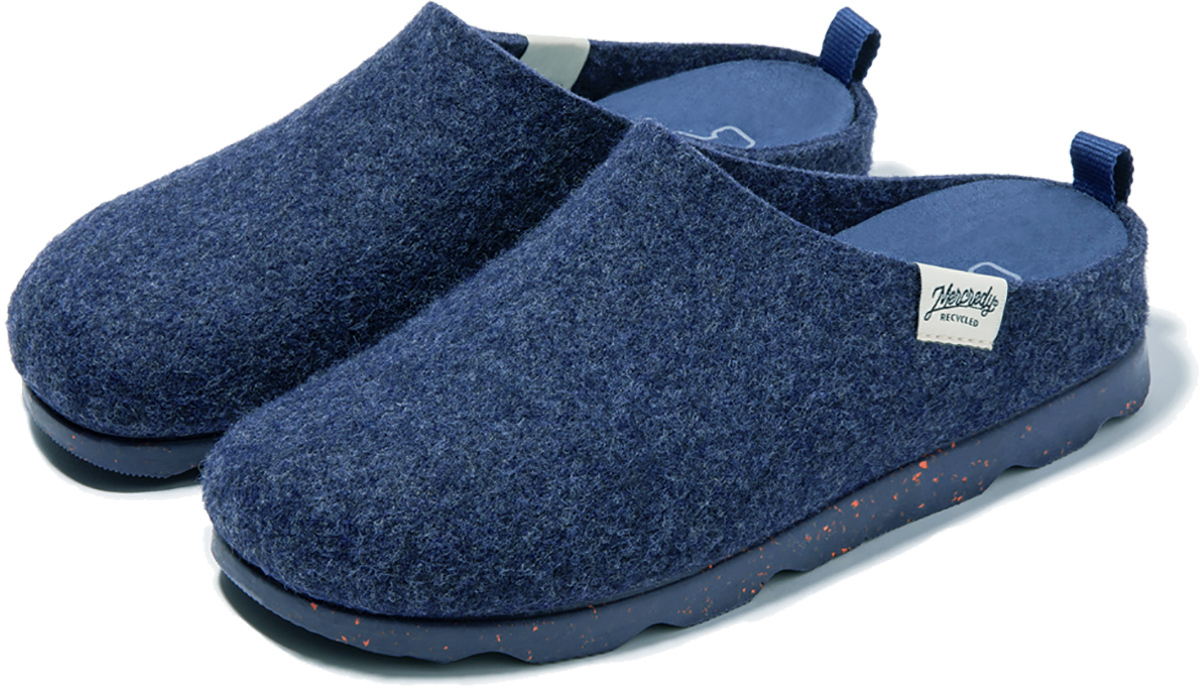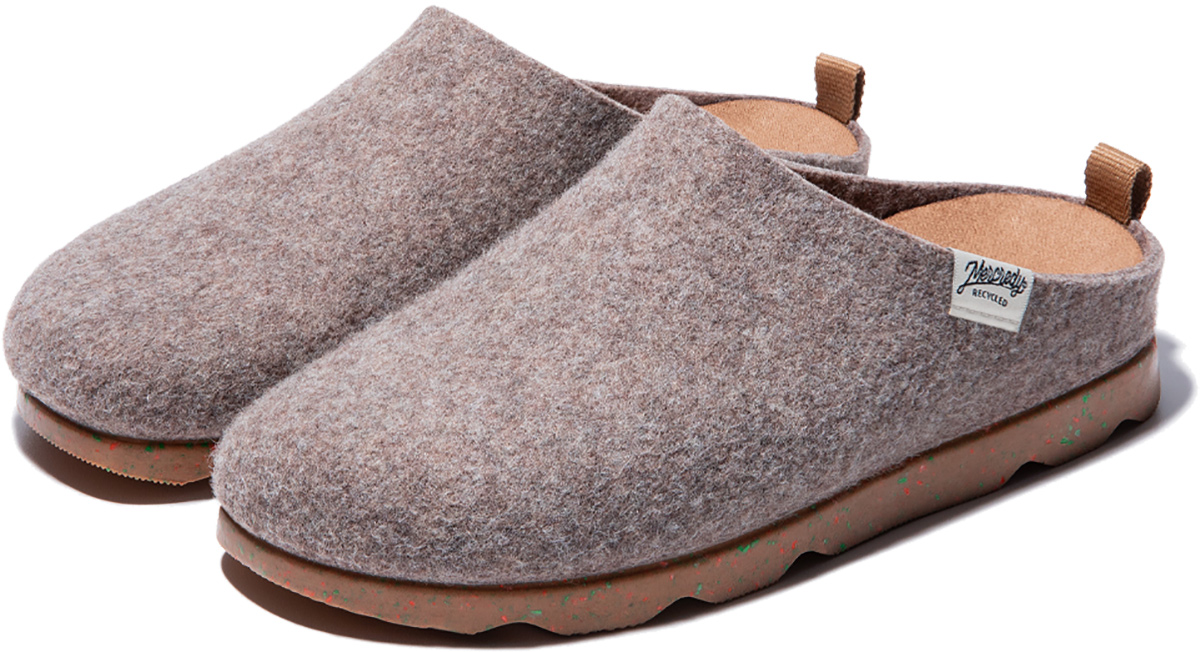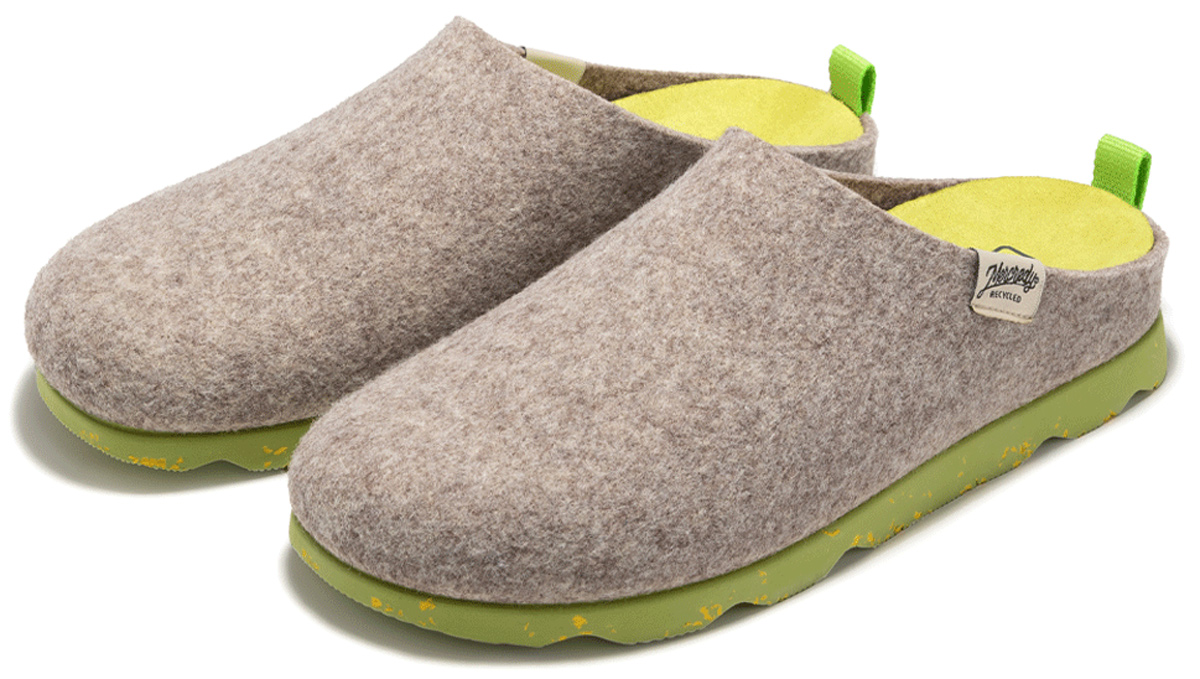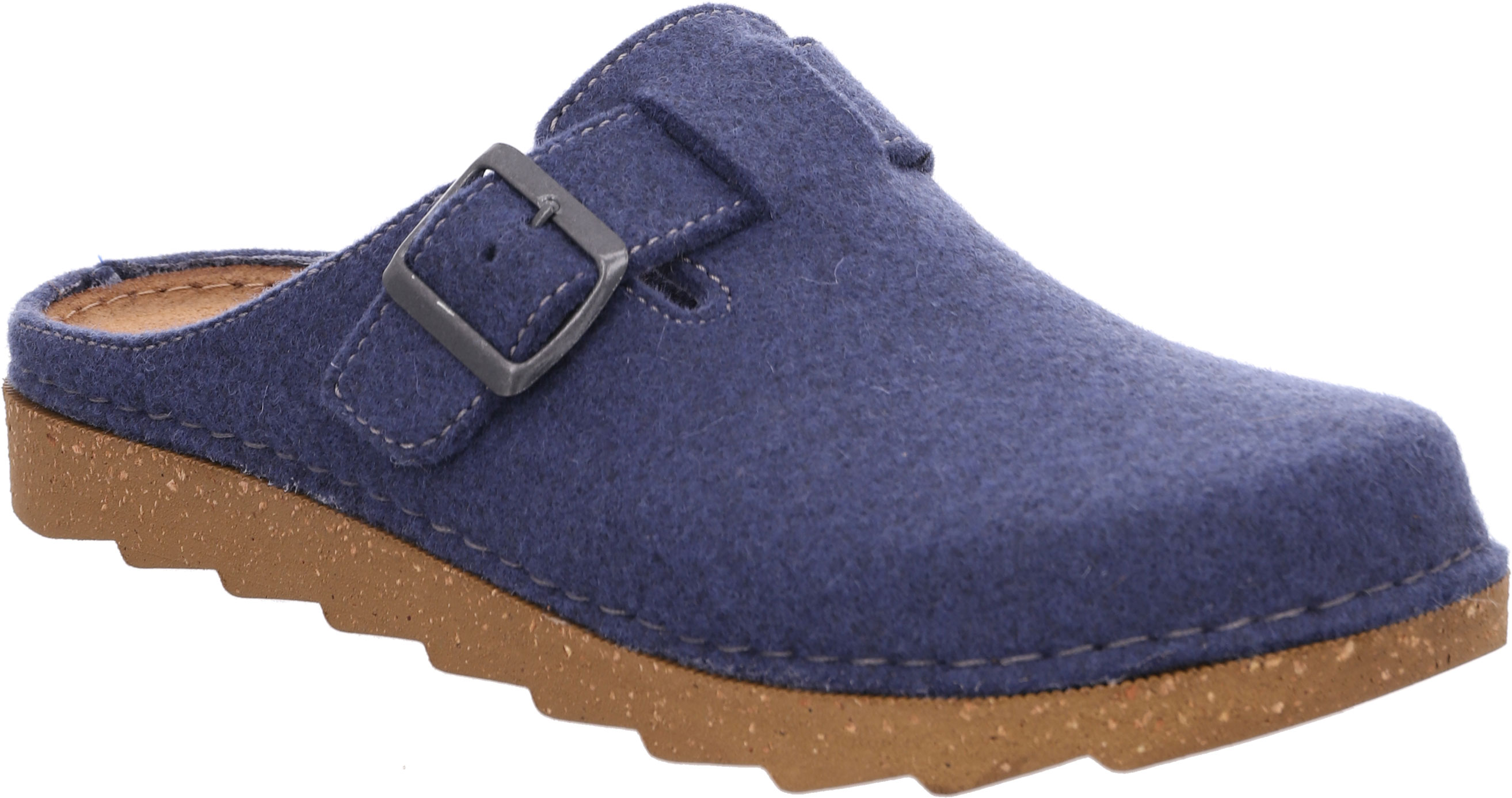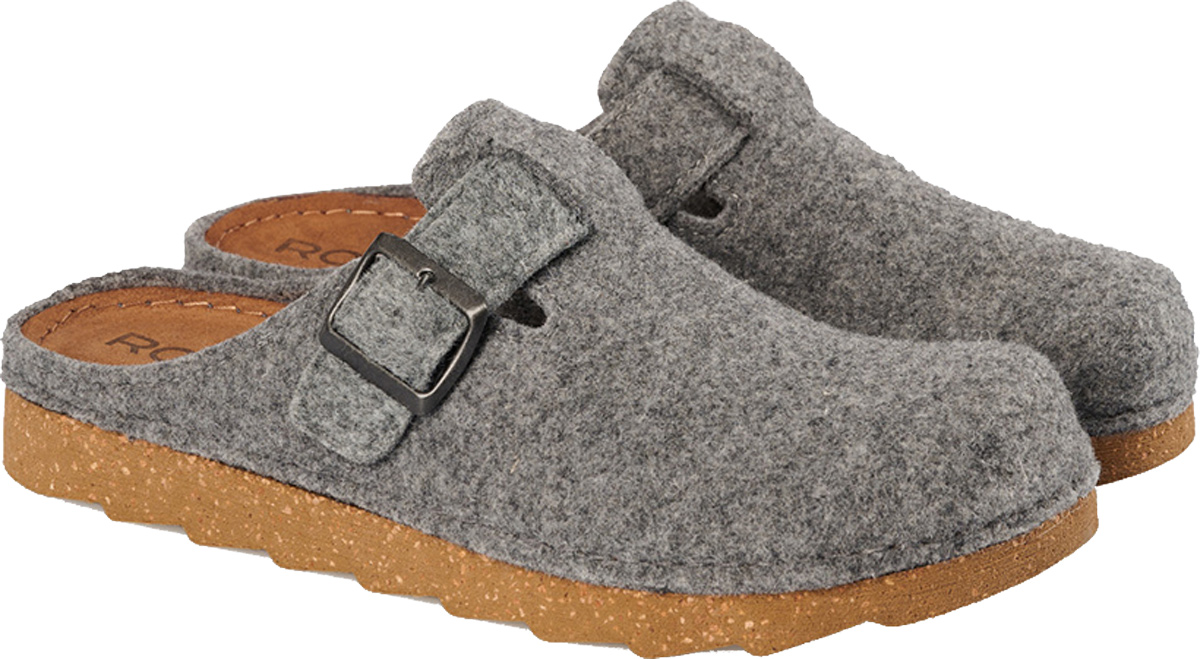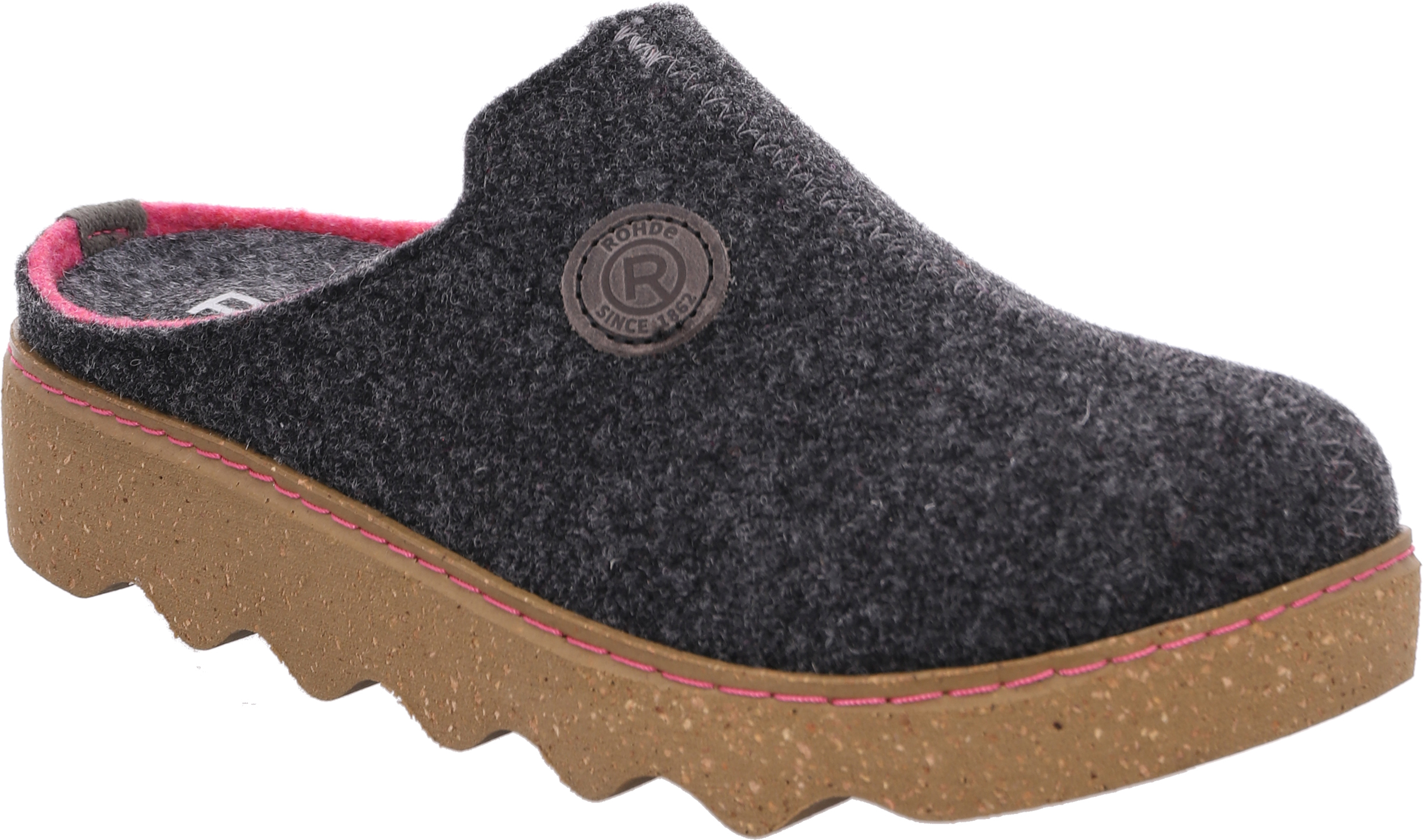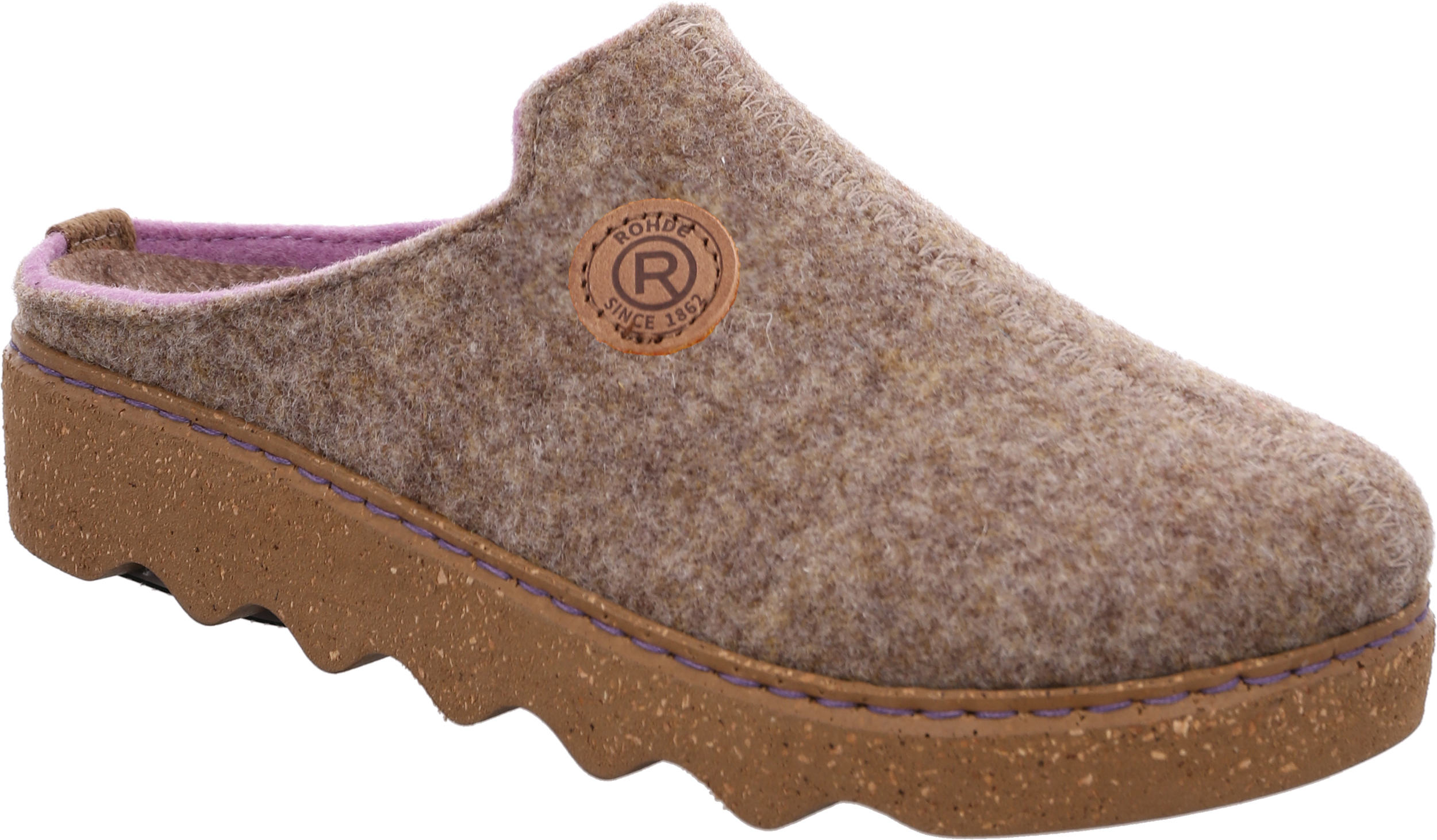Despite its rather rudimentary design, the felt slipper has warmed the hearts (and feet) of many. But to what do they owe their rise to popularity?

The design of felted wool slippers is rooted in Scandinavian heritage, highlighting simplicity and functionality. But beyond the simplistic exterior, felted slippers have a lot of hidden benefits.
It all starts with a simple material - wool - a strong natural material with some amazing properties, wool is both breathable and insulating, helping maintain a consistent foot climate throughout the year. Due to their moisture-wicking properties, felted slippers can be comfortably worn even during the summer months because they will keep your feet dry and cool.
Traditional methods are used to transform the natural wool fibres into felt, by washing, boiling and dyeing. Felt is a sturdy material because of its density, and it doesn’t fray because the fibres don’t follow one single direction. Felt slippers retain their shape; they won’t stretch over time, even with prolonged wear. Felt is basically waterproof, water simply runs off the surface, which also helps felt slippers be stain-resistant.

Felt also dyes easily, making it possible for slippers to feature bold colours, and the colour won’t fade over time. Being a natural material, it’s more sustainable, renewable and will biodegrade quicker than man-made alternatives. A level of supreme comfort is created through the shaping process, which is done by moulding the felt onto a last, creating a wide range of styles that are paired with a variety of sole materials like natural rubber or soft suede.

With so many benefits, it’s no wonder that the felt slipper has become the ultimate indulgence in the world of slippers! When you’re ready to get cosy, which one will you choose?
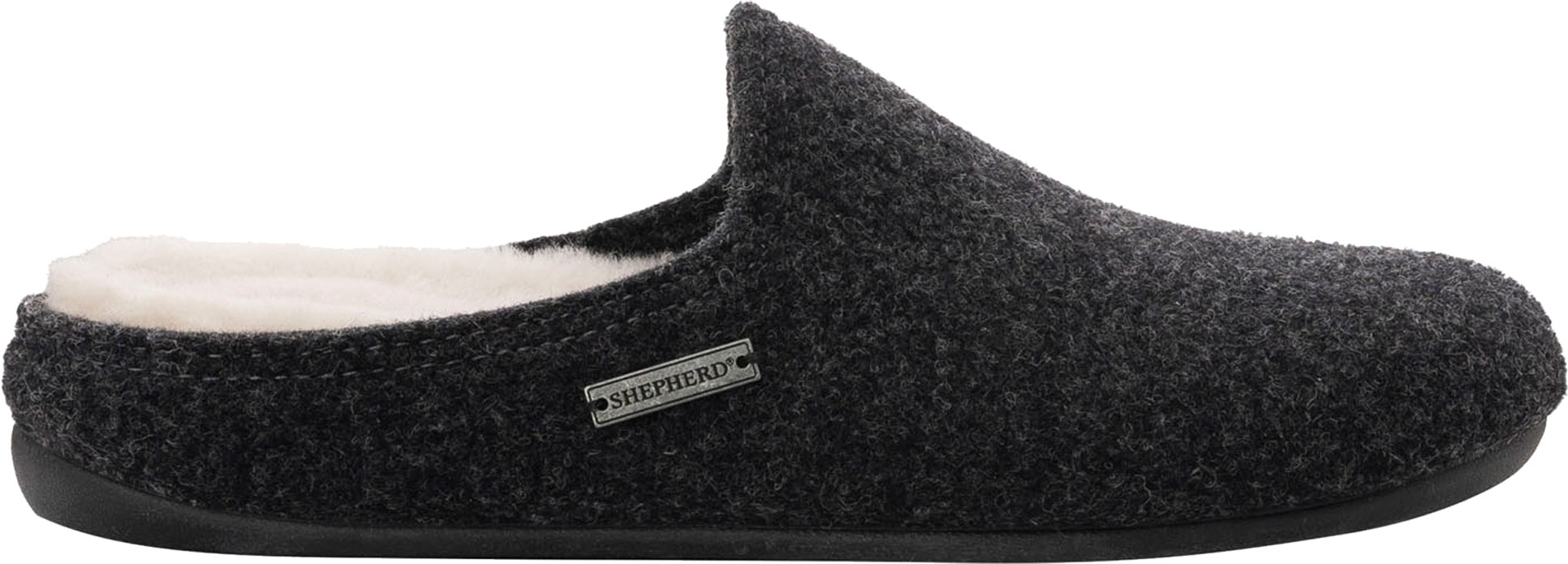
4



